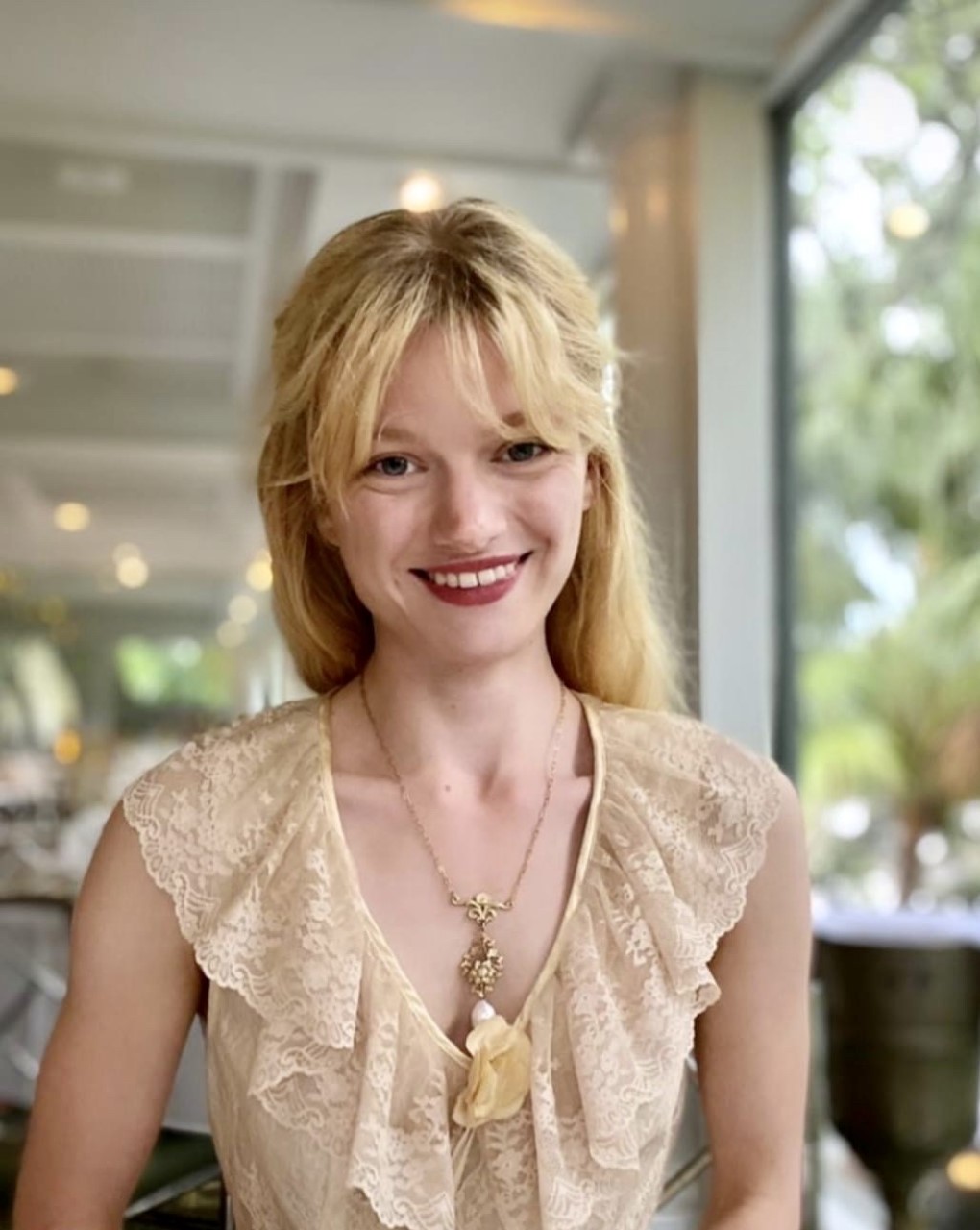A Week at the Smithsonian
As a long and quiet summer drew to its end, I packed my bags for Washington D.C. to attend my first class through California Rare Book School (CalRBS), hosted by the Smithsonian National Museum of American History. Entitled “The Power of Display: Books as Transformative Tools in Exhibitions,” the course offered students a deep dive into creating, planning, installing, and supporting exhibitions using library and archive collections. It was taught by Jennifer Colhman Bracchi, Head Librarian at the Cooper Hewitt, Smithsonian Design Museum Library, and Vanessa Haight Smith, Head of the Smithsonian Libraries Preservation Services. Over the course of a week, the instructors shared their personal experiences as exhibition curators and their expert knowledge of successful exhibition curation, planning, installation, and promotion. From the first meeting, our class was tasked with designing and presenting an exhibition prototype using Smithsonian Libraries and Archives materials. Over break room coffee and digestive biscuits, we sorted through a pre-selected arrangement of holdings on American food. From cookbooks and magazines to advertisements and trade catalogs, these items exemplified many potential exhibition themes such as nationalism, consumer culture, agriculture, domesticity, and food morality.
As part of our learning experience and to aid us in the design of our prototype, the instructors invited a series of guest speakers to share their unique perspectives with the class and arranged in-depth tours of Smithsonian exhibitions and facilities. On our first day, Paula Johnson, curator in the Division of Work and Industry at the National Museum of American History, gave us a tour of her long-standing exhibition FOOD: Transforming the American Table, 1950-2000. Here, we gathered in clusters to peer into Julia Child’s kitchen, all of us rather humbled by the exhibition’s thoughtful design and careful storytelling. We were even more astounded by our tour of the Smithsonian’s Pennsy Facility which holds state-of-the-art design and fabrication shops, climate-controlled storage for Institution collections, and a large conservation lab. Here, we learned how to build our own book cradles for our final project. I would have brought mine home, but the 4-ply archival mat board is not exactly suitcase-friendly.
Though I was struck by all of the spaces we toured, one exhibition stood out to me as particularly relevant to my current work. One afternoon, Vanessa Haight Smith took us on a tour of her own exhibition at the National Museum of Natural History. Tucked between a food court and a gift shop, the exhibition space was small and overlooked but impressive in subject and scale. Titled The Nature of the Book, the exhibition placed rare books in dialogue with samples of the natural materials with which they were made. I was particularly delighted by this display as its content mirrors ideas currently circulating for a TUSC exhibition in its earliest stages of planning. Indeed, this class provided me with many tips, subjects, literature, and practical skills I hope to employ in the design of future exhibitions here at Tulane. As my first professional development experience, CalRBS invaluably confirmed my admiration of the archives profession and my determination to explore the exhibition’s full potential to promote primary source literacy and engage viewers in a unique moment of curated storytelling.
10/5/2023
